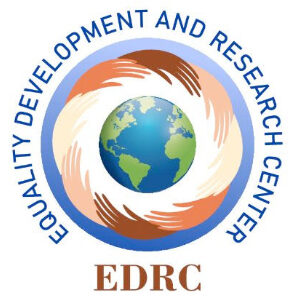End bullying
Bullying is an inappropriate behaviour in which an individual takes advantage of an existing power imbalance in a relationship/interaction in order to intimidate, coerce, or harm another.
Overview
Bullying is a social issue that has largely been neglected. This conduct (bullying) could either be physical or verbal. When bullying is physical, such actions by the bully are considered assault, whereas acts of verbal bullying may be considered harassment.
In cases where bullying is perpetrated using physical force, the results are usually immediate and manifest as bodily harm to the victim. This is however, not the case when bullying takes the form of verbal abuse. In such instances, the majority of victims suffer psychological consequences such as increased anxiety, depression, substance abuse, and panic attacks, among other things.
Bullying can also occur through omission. Bullying is not visible in this setting (e.g speech and physical force). Rather, it is silent and more difficult to detect, prove, gather witnesses for, and consequently difficult to obtain support for. In many circumstances, subtle repetitive actions or increasing isolation of that individual will occur over time, only becoming obvious in the latter phases of the bullying tactic or process. One example would be the purposeful exclusion of individuals from privileges for which they are eligible. This is most commonly seen in the workplace.
According to a survey conducted by EDRC in June 2022, bullying is prevalent in particular settings, such as the workplace, intimate relationships, high schools, and social media platforms.

Cyberbullying

High School Bullying

Relationship Bullying

